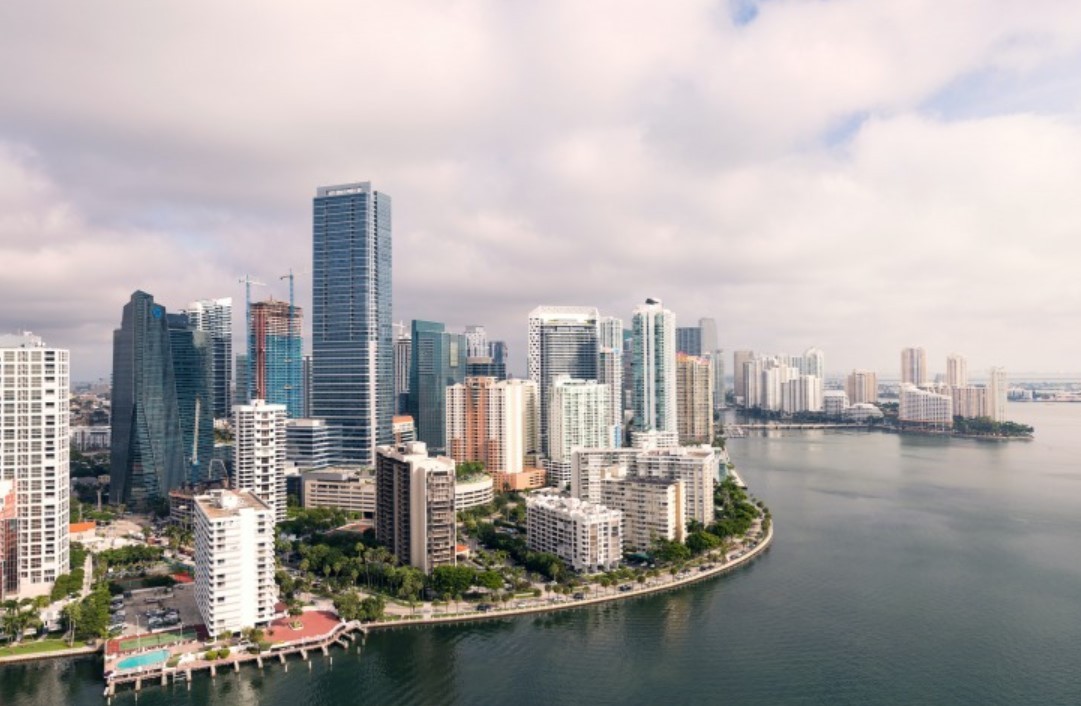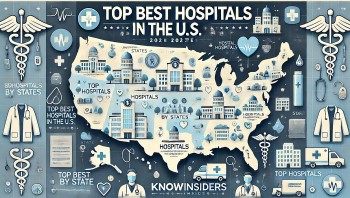Top 25 Largest Cities in the U.S. by Population in 2025
 Top 10 Largest Cities in Florida, Ranked by Population Top 10 Largest Cities in Florida, Ranked by Population |
 Top 25 Largest Cities in the World by Population in 2025 Top 25 Largest Cities in the World by Population in 2025 |
Since the first U.S. census in 1790, New York City has consistently held the title of the most populous city in the country. At that time, it had a population of just 33,131. Today, it is home to more than 8.3 million residents—more than double the population of Los Angeles, the second-largest city, and triple that of Chicago, the third-largest. But how do other cities compare?
Urbanization, migration patterns, and economic factors continue to reshape the American landscape, with some cities experiencing rapid growth while others stabilize or even decline.
1. New York City, New York – 8,335,000
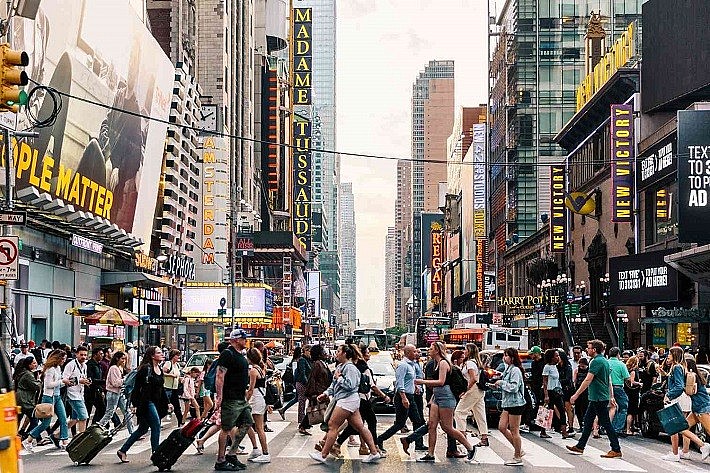 |
| New York City |
New York City remains the most populous city in the United States, serving as a global hub for finance, media, and culture. Its economic power, cultural diversity, and status as a gateway for immigrants contribute to its continued dominance. However, the high cost of living and housing affordability remain critical concerns.
2. Los Angeles, California – 3,850,000
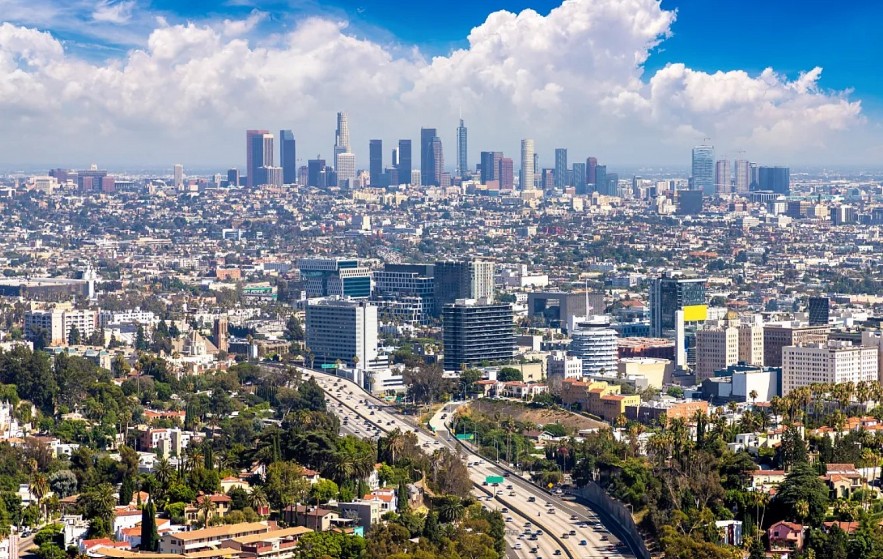 |
| Los Angeles |
Los Angeles, known for its entertainment industry, thriving tech sector, and diverse population, remains the second-largest U.S. city. However, challenges such as traffic congestion, housing shortages, and wildfires present ongoing concerns for residents and policymakers.
3. Chicago, Illinois – 2,670,000
Chicago, the largest city in the Midwest, continues to be a major center for finance, industry, and transportation. While the city has seen population fluctuations in recent years, investments in infrastructure and urban revitalization are keeping it competitive.
4. Houston, Texas – 2,400,000
Houston’s booming energy sector, medical research institutions, and affordable cost of living make it one of the fastest-growing cities in the country. The city’s diverse economy attracts people from all over the world, but flooding and hurricane risks pose challenges.
5. Phoenix, Arizona – 1,800,000
Phoenix has seen explosive growth due to its warm climate, relatively affordable housing, and expanding job market, particularly in technology and healthcare. However, water scarcity remains a pressing concern for the region.
6. Philadelphia, Pennsylvania – 1,580,000
Philadelphia, a historic city with a robust healthcare and education sector, continues to grow steadily. Investments in urban renewal and infrastructure improvements are attracting businesses and residents alike.
7. San Antonio, Texas – 1,500,000
San Antonio's military bases, tourism industry, and expanding healthcare sector contribute to its rapid growth. The city’s relatively low cost of living compared to other large U.S. cities makes it attractive to new residents.
8. San Diego, California – 1,450,000
San Diego, known for its biotechnology industry, stunning coastline, and military presence, continues to grow. However, rising housing costs remain a challenge for many residents.
9. Dallas, Texas – 1,400,000
Dallas is a financial and business hub, attracting both companies and residents seeking job opportunities. Its growing technology sector and strong economy contribute to its rising population.
10. San Jose, California – 1,080,000
San Jose, the heart of Silicon Valley, continues to thrive as a global technology hub. However, high housing prices and income inequality remain key issues for the city’s residents.
11. Austin, Texas – 1,060,000
Austin’s reputation as a tech and startup hub, along with its vibrant cultural scene, has led to a population boom. Affordable housing and infrastructure development will be crucial to sustaining this growth.
12. Jacksonville, Florida – 1,020,000
Jacksonville’s low cost of living, growing job market, and extensive land area make it one of Florida’s fastest-growing cities.
13. Fort Worth, Texas – 975,000
Fort Worth, often overshadowed by its neighbor Dallas, has been experiencing significant growth thanks to its booming aerospace, manufacturing, and transportation industries.
14. Columbus, Ohio – 940,000
Columbus benefits from a strong economy, fueled by education, healthcare, and technology sectors. It remains one of the Midwest’s fastest-growing cities.
15. Charlotte, North Carolina – 930,000
Charlotte, a major banking center, continues to attract residents due to its job opportunities and relatively lower cost of living compared to cities like New York and San Francisco.
16. Indianapolis, Indiana – 910,000
Indianapolis has seen steady growth due to its diverse economy and sports-centric culture. The city’s investments in infrastructure and public services contribute to its appeal.
17. San Francisco, California – 870,000
San Francisco remains a leading financial and technology center, but its high cost of living has led to slower growth compared to previous decades.
18. Seattle, Washington – 860,000
Seattle’s technology-driven economy, led by companies like Amazon and Microsoft, continues to fuel population growth despite rising housing costs.
19. Denver, Colorado – 850,000
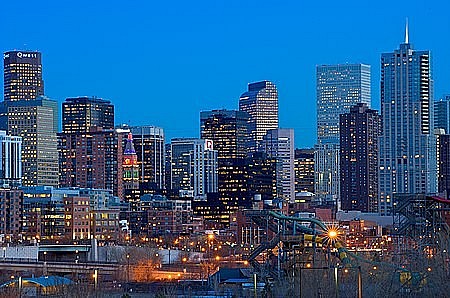 |
| Denver, Colorado |
Denver’s strong job market, outdoor lifestyle, and booming real estate industry make it one of the most desirable cities in the U.S.
20. Washington, D.C. – 840,000
The nation’s capital remains a center for government, business, and international affairs. However, its expensive housing market is a challenge for many residents.
21. Nashville, Tennessee – 820,000
Nashville’s music scene and rapid economic expansion, particularly in healthcare and technology, contribute to its ongoing growth.
22. Oklahoma City, Oklahoma – 800,000
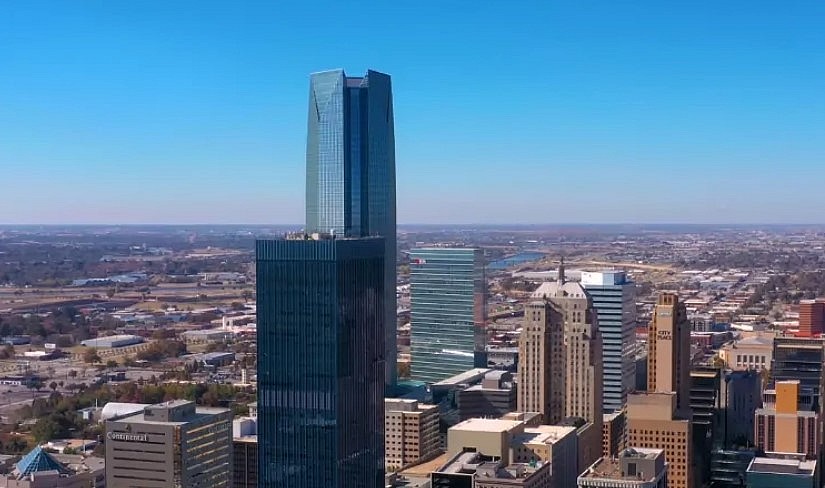 |
| Oklahoma City |
Oklahoma City’s affordable housing and diverse economy, which includes energy, aerospace, and biotechnology, make it an attractive place to live.
23. El Paso, Texas – 770,000
El Paso’s close ties with Mexico, growing economy, and affordable cost of living contribute to its increasing population.
24. Boston, Massachusetts – 750,000
Boston remains a hub for education, healthcare, and finance. Its historical significance and economic opportunities attract residents despite high housing costs.
25. Portland, Oregon – 740,000
Portland’s environmentally friendly policies, vibrant arts scene, and strong job market contribute to its population growth.
Conclusion
The United States’ largest cities in 2025 reflect shifting demographic and economic trends. While traditional population centers like New York and Los Angeles continue to dominate, cities in Texas, Florida, and the Southwest are growing rapidly due to affordability, job opportunities, and business-friendly policies. However, challenges such as infrastructure development, environmental concerns, and housing affordability will shape the future of these metropolitan areas. Understanding these trends is crucial for policymakers, businesses, and residents planning for the future.
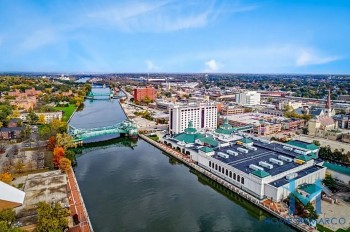 Top 10 Largest Cities in Illinois, Ranked by Population Top 10 Largest Cities in Illinois, Ranked by Population Discover Illinois's largest cities in 2025, ranked by population. From Chicago’s vibrant streets to thriving suburban hubs like Aurora and Naperville, explore the diversity, growth ... |
 Top 10 Largest Cities in New York State, Based on Population Top 10 Largest Cities in New York State, Based on Population Find the biggest cities in New York by population in 2025. Discover the diversity and growth patterns that define the urban landscape of the Empire ... |
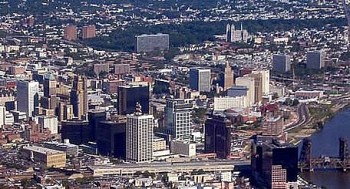 Top 10 Largest Cities in New Jersey Ranked by Population Top 10 Largest Cities in New Jersey Ranked by Population This article ranks the largest cities in New Jersey by population in 2025, highlighting their unique characteristics and contributions. |
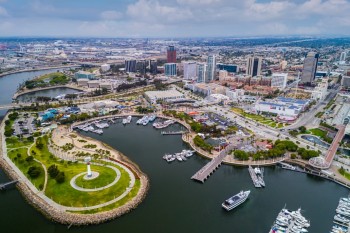 Top 10 Largest Cities in California, Ranked by Population Top 10 Largest Cities in California, Ranked by Population Check out this list of California's biggest cities in 2025, ranked by population. Find out how these cities, from the famous Los Angeles to the ... |


